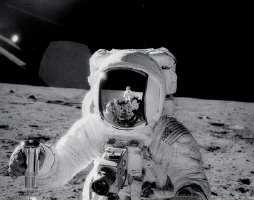SpaceMartGifts.com
Astronomy Gifts &
Space Gifts- T-shirts & Sweats, Hats & Baseball Caps, Posters & Greeting Cards, Mugs, and other Space &
Astronomy Gifts!
Shop with confidence, all our gifts have an unconditional 30 day return period making SpaceMartGifts.com, your Online Space and Astronomy Gift Shop, the perfect choice for Valentine's Day, Birthdays, Anniversaries, Christmas and Holiday gifts on the Web.
|
|
Sign up here to Win an 8 x 10 Hubble Photo Print Drawing Your EMail address will not be shared or given to any other site or third party! |
Your EMail address will not be given to any other site or third party!
All the images used in the products sold on this site are taken from images placed in the public domain by NASA/STScI and other public domaign sources. If you believe that any image on this site has been used in error of this policy, please contact spacemart_hst@hotmail.com so that we may resolve the issue.
|
This site is partnered with www.cafepress.com/spacemart a CafePress.com shop.. Copyright © 2001-2004 SpaceMartGifts.com. All rights reserved. |





















































